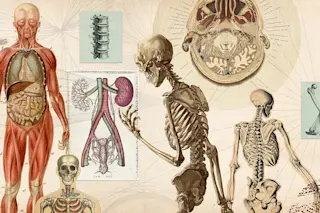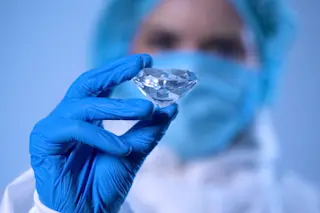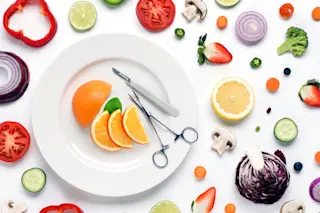This past weekend, I sat down at my computer hell-bent on writing this post. I knew I couldn’t about write about just anything – not for my first real post on Scientific American. I mean, sure, I’ve written for the guest blog a couple times, but this is different. This is my blog. I have been obsessing about this post for weeks. Without realizing it, I was standing in front of the thickest writer’s block I’ve ever seen, a wall so dense that I spent all weekend thinking about this post and still got absolutely nowhere. Suddenly, there I was: less than 12 hours before my post was to be published, and not a single word of it written. I just needed a topic, I figured. A really, really good topic.
I named this blog “Science Sushi” for two reasons. The first was that I wanted an image that would ...













